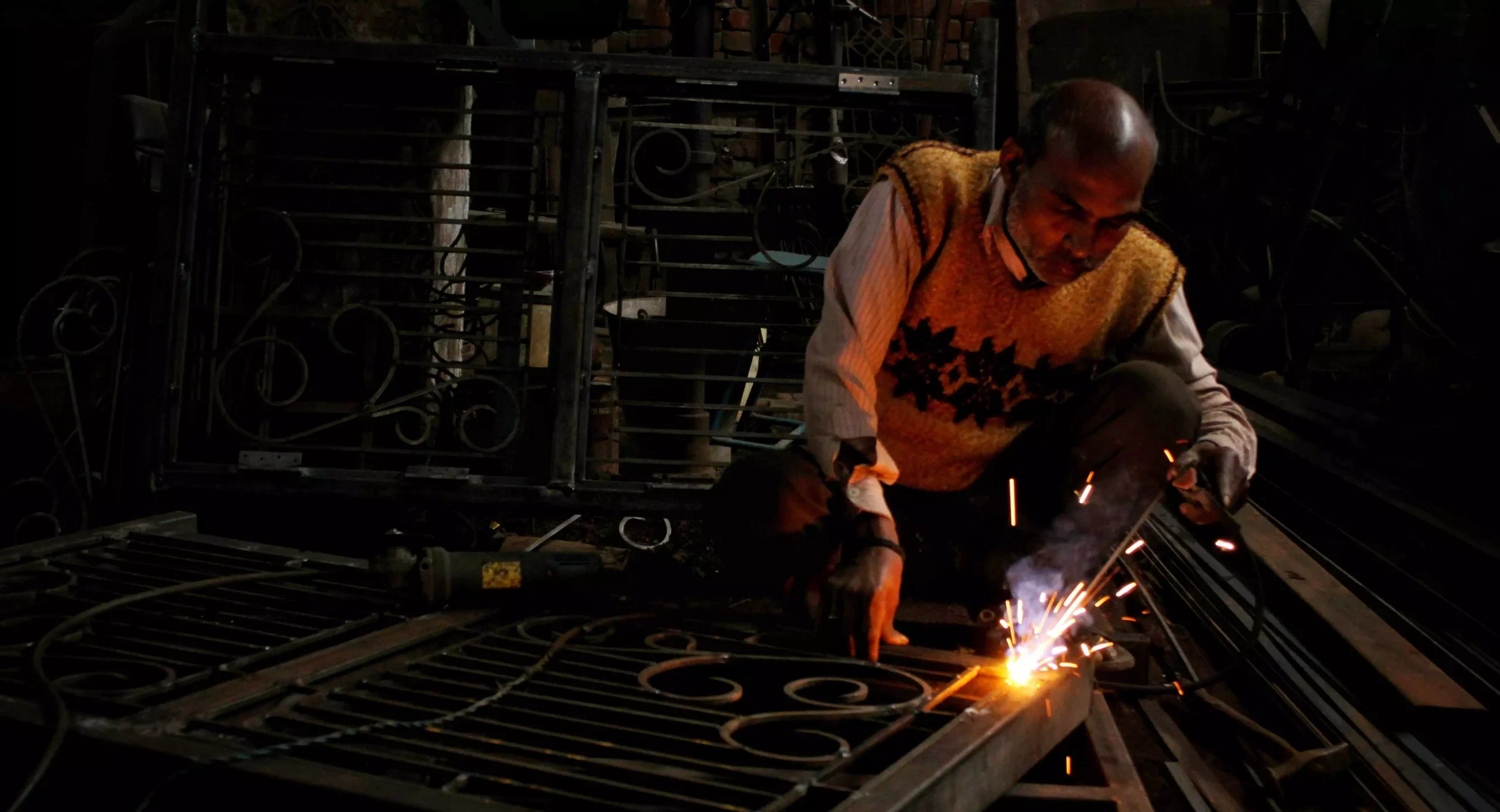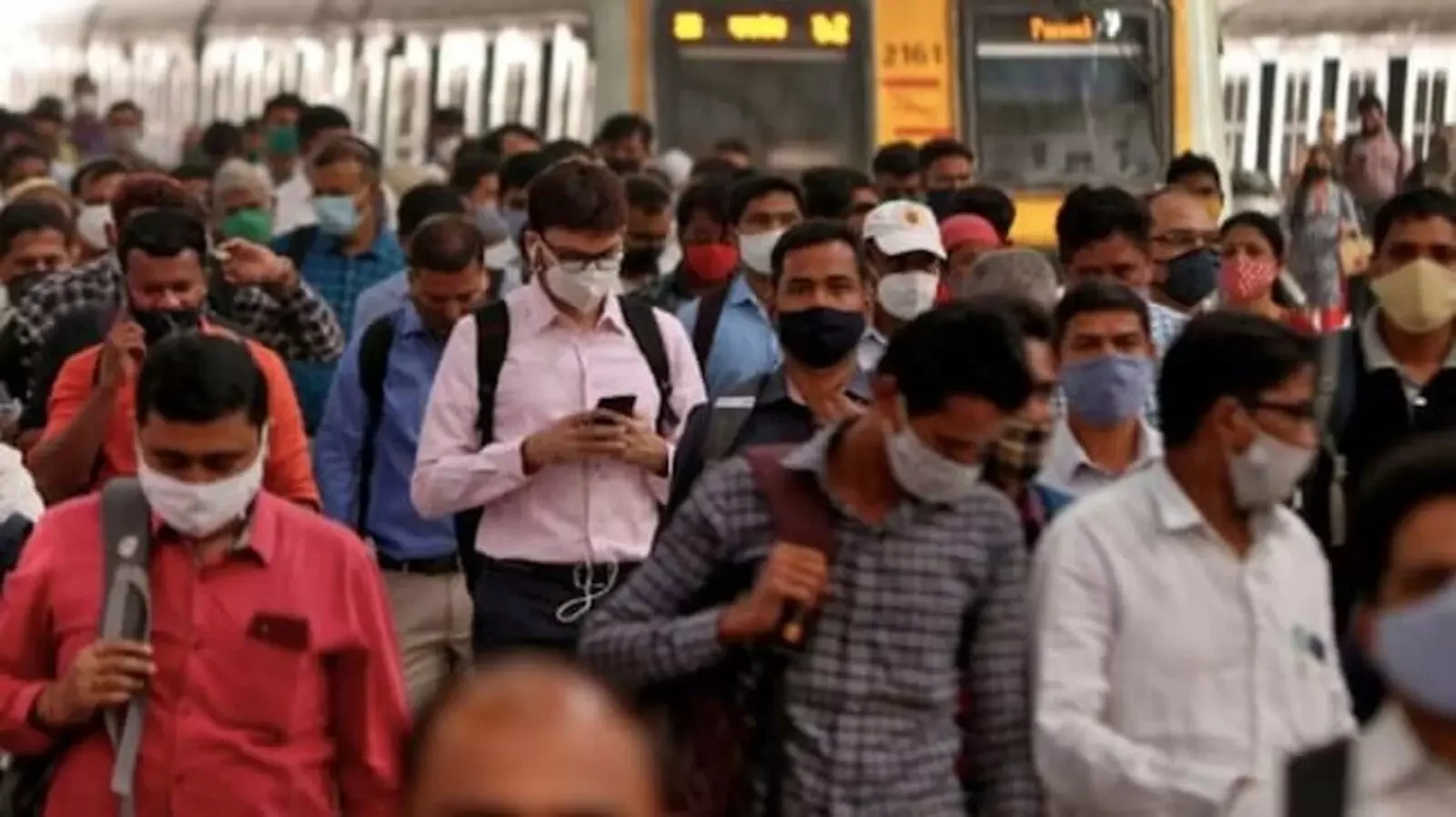Opinion: DoPT finally sets out to rectify deficit of IAS officers at Center; what actually needs to be done
According to the data provided by DoPT the authorized strength of IAS officers is 6,699 as on 1 January 2019 but the actual officers available are 5205.
In a welcome move, the Department of Personal and Training (DoPT) has given an in-principle approval for constituting a committee to look into the deficit of IAS officers at the Center and to suggest a recruitment plan for the years 2021 to 2030. The main issue is the shortage of IAS officers in various senior positions. The estimated amount of shortage as told by DoPT to a parliamentary panel is in excess of 1,500.
According to the data provided by DoPT the authorized strength of IAS officers is 6,699 as on 1 January 2019 but the actual officers available are 5205. It is also a matter of concern that this gap between the sanctioned strength and actual availability is gradually increasing. The genesis of this shortage can be traced back to the reports of the Central pay commissions , particularly, that of 1996. This was a period of grave financial crises being faced by the government of India as well as the state governments.
I remember that the government of UP was facing a situation where the daily cash flow management had become a challenge and we were concerned about the revenue as well as fiscal deficit. The pay commission had recommended higher pay scales for all government officers and employees but had also cautioned about the financial impact. A major part of the recommendation of the pay commission report was about how to control the expenditure on salaries.
I recall that we had arrived at a figure of 3 percent employees retiring every year and it was decided to fill up only 2 percent of the vacancies thus created and in this manner gradually reduce the government staff. This did not take into account the imbalance that such a measure would bring about.
In addition to the above the recruitment to various government posts was slashed and, in particular, the IAS was a major sufferer. The batch strength of the IAS was reduced considerably and brought down to below 100 every year. This led to serious crisis and I remember that in a state like UP where we have 75 districts it became a very difficult task to find officers to man the district administration. In fact, several batches of the IAS had only about 4 to 5 people joining the UP cadre. This trend continued for quite some time and is one of the major reasons for the shortage of officers of a particular seniority which is having an adverse impact today at both government of India and state governments level.
In particular, there is a huge shortage of officers at the Deputy Secretary and Director level in the government of India. The realization soon dawned on the policy makers and larger batches began to be recruited going up to a level of 180 every year. It is not clear whether a proper rational assessment has been done to decide upon this figure and there are those who feel that this number should be further increased.
In the light of this, I find merit in the government of India decision to setup a committee to examine this issue. We must make an assessment of the number of posts that would be required in the IAS to meet the current and future challenges of governance. They will have to take into account the number of officers recruited directly into the IAS as well as those promoted from the state civil services.
The shortage is more manifest at the government of India level than in the states. This is because the states can fill up vacancies by rapid promotion of the officers belonging to the state civil services. The number of years required for state civil service officers to be promoted to the IAS varies from state to state ranging from 10 to 25 years.
Again, this is not based on any scientific study but is implemented more as a rule of thumb or decided by the kind of pressure which state officers can mount on the political executive. It is also pertinent to note that the state civil service officers, but for a few exceptions, do not opt for a posting in government of India on promotion to the IAS.
There are some obvious reasons because of which young IAS officers do not opt for GoI at the Deputy Secretary/Director level.
The fact is that at the same level of seniority an officer gets much greater creature comforts at the state level as compared to the Central government. Many officers are posted as district officers which is one of the most attractive posting for an IAS officer. Even in the state government he is either head of department or in a significant position in the state secretariat where he does not have to bother about issues like an official vehicle, house, school, independent office, etc. At the same level if he goes to government of India he finds that very often he might even have to share an office room and is not likely to get an official vehicle.
A very interesting feature is that in GoI only Secretaries have an attached toilet to their office while the others have to use a common facility. Then it might take him months to get an official accommodation and for this period he has to fend for himself. The houses allotted, also, are nowhere near what he would get in the state government. To this are added the woes of getting your child admitted to a good school and getting adequate medical facilities.
It is, thus, no rocket science as to why a young officer prefers to stay back in the states rather than going to Centre leading to a shortage of officers at the Center. Moreover, below a Joint Secretary level officers in GOI mainly do clerical work where no decision making takes place at their level. The position is very different in the districts and state governments.
In the IAS, out of total vacancies in a state cadre a certain percentage is filled by those candidates who belong to that state while the balance goes to officers from outside. It is generally seen that the “insiders” prefer to stay back in the state while the “outsiders” have a greater propensity to opt for GoI.
Also, officers allotted to North Eastern states prefer to come to Delhi while officers from states nearer to Delhi often prefer to remain in the states.
It is good that the entire issue is finally being examined. It is clear that to attract IAS officers to GoI at a level below Joint Secretary the service conditions would have to be improved and jobs enriched. The whole issue of requirement of IAS officers at each level needs to be scientifically determined. The reality is that the intake of IAS officers each year will have to be enhanced.
(The author is a retired 1978-batch IAS officer from the UP cadre; views are personal)









